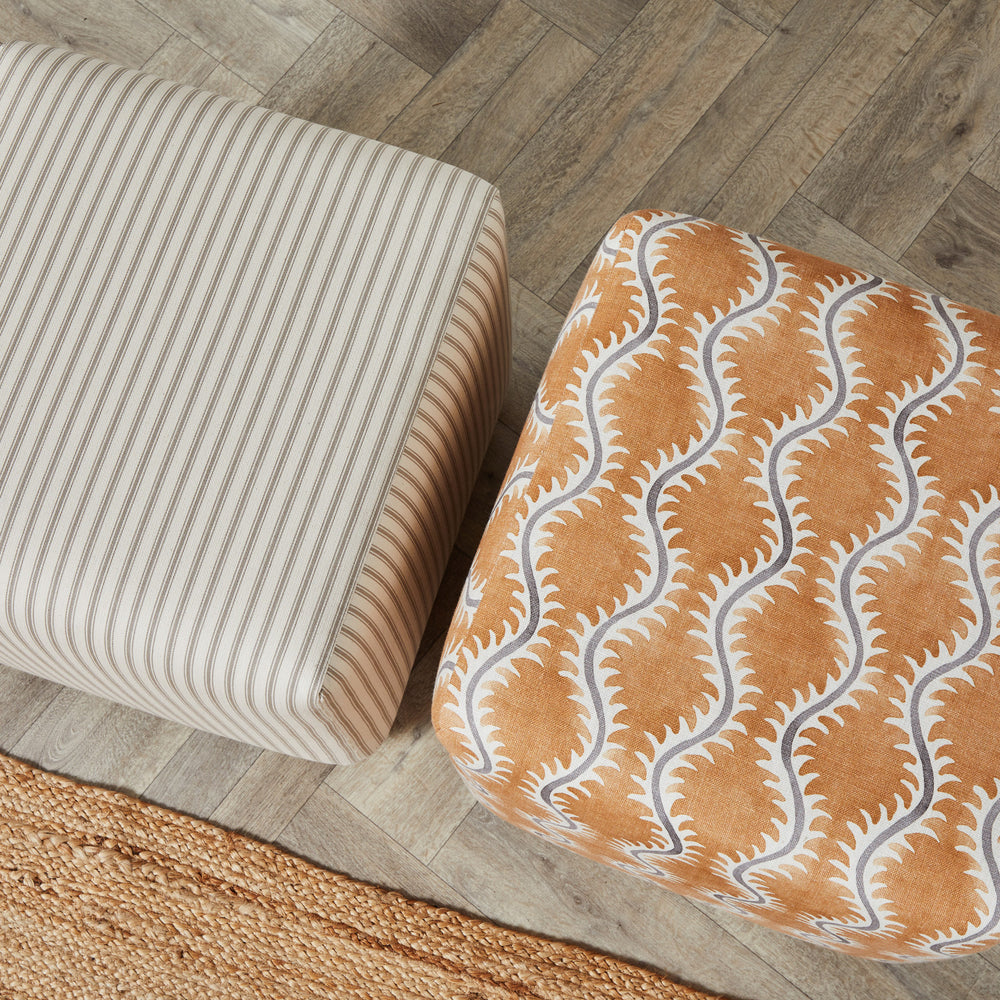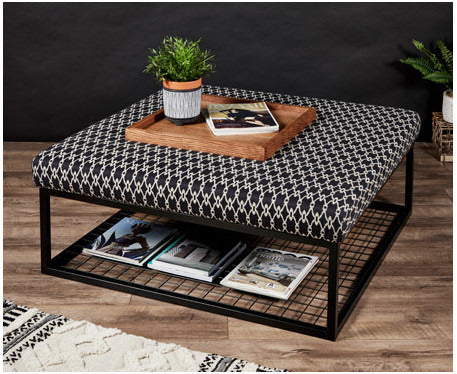When you hear the word "ottoman" today, you might think of a versatile piece of furniture that serves as a footrest, storage unit, or even extra seating.
However, the history of ottomans in home living dates back centuries and is filled with intriguing stories of their evolution from humble beginnings to modern multifunctional marvels.
Origins in the Ottoman Empire
The term "ottoman" finds its roots in the Ottoman Empire, which ruled a vast and diverse territory for over six centuries, from the late 13th century to the early 20th century.
During this time, cushioned footstools known as "divans" were used throughout the empire. These divans, often placed against walls, served as seating for important guests, with cushions and textiles providing comfort.
European Influence
In the late 18th century, European travellers began bringing ottoman-style furniture back from their journeys to the East. This introduced the concept of ottomans to European households.
Initially, these pieces were seen as exotic and ornamental additions to the home, and they were often used as status symbols.
Versatility Emerges
As the 19th century progressed, ottomans in Europe evolved from being mere symbols of luxury to functional pieces of furniture.
They started featuring hidden storage compartments, making them practical for everyday living. The ottoman's form became more standardised, featuring a cushioned top and a wooden or metal base.
Modern Innovations
The 20th century brought significant changes to ottoman design and functionality. The ottoman's utility expanded, with many models now serving as both footrests and storage units.
This versatility made them ideal for smaller living spaces, such as apartments, where space-saving solutions were in high demand. Some ottomans also incorporated pull-out trays, making them suitable as coffee tables.
Contemporary Adaptations
Today, ottomans come in various styles and materials, from classic leather and fabric upholstery to more unconventional designs using synthetic materials, metals, or reclaimed wood.
Some ottomans are designed to complement specific interior design themes, such as c for darker interior styles, while others are crafted with a focus on sustainability and eco-friendly materials.
Multifunctional Marvels
The modern ottoman has truly embraced versatility. Many ottomans now offer multiple functions, such as additional seating, storage, and even convertible designs that transform into guest beds. From fabric patterned options to sleek black ottoman's, they have become indispensable pieces of furniture for apartments, living rooms, bedrooms, and home offices.
Conclusion
The history of ottomans in home living is a testament to their adaptability and enduring appeal. From their origins in the Ottoman Empire as symbols of luxury to their evolution into multifunctional marvels of the modern home, ottomans have undergone significant transformations.
Today, they continue to serve as essential pieces of furniture, offering both style and functionality to a wide range of living spaces. Whether you use them as footrests, storage units, or extra seating, ottomans have truly earned their place in the history of home furnishings.




